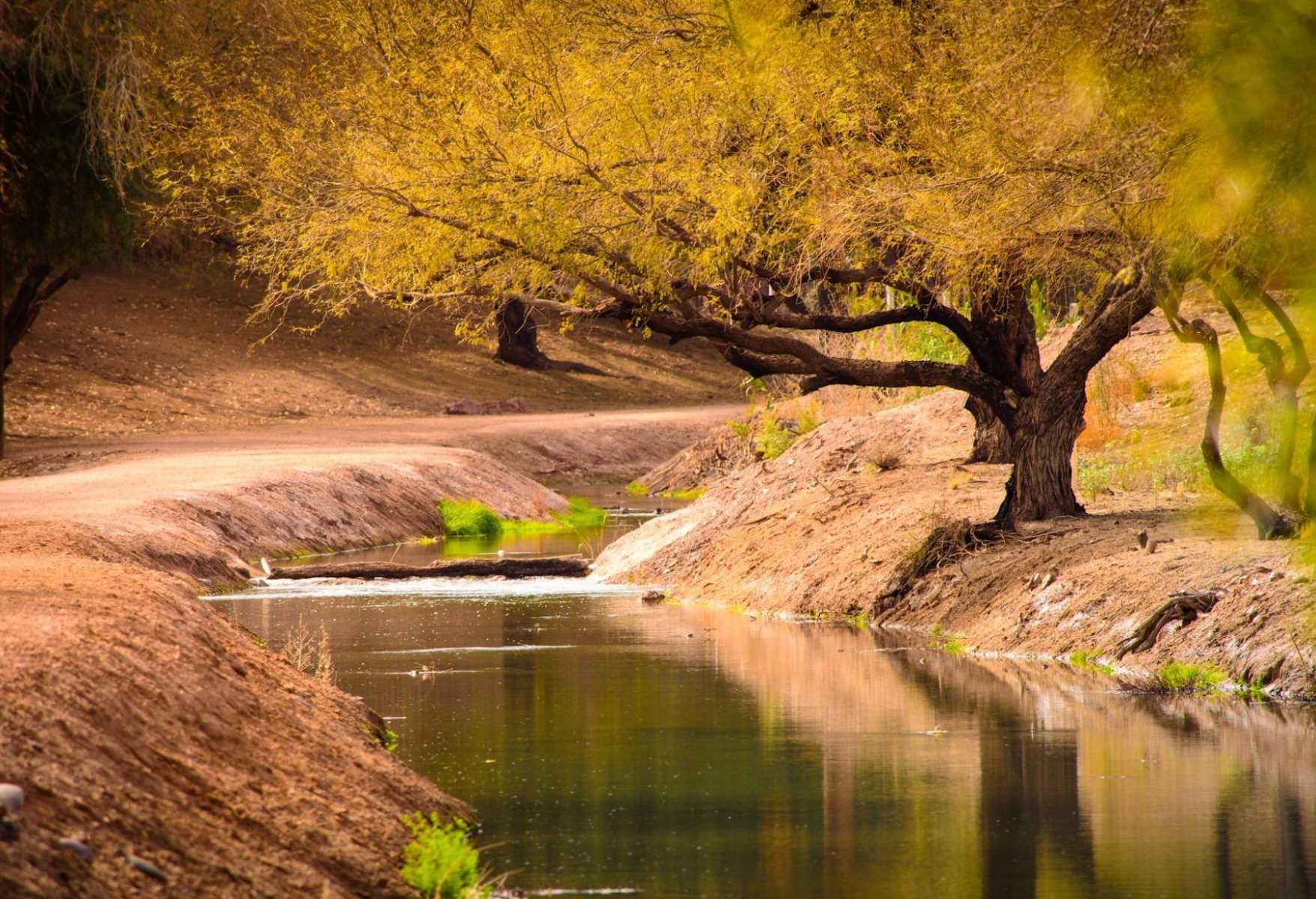Secrets Of The Ancient Hohokam Canal Systems In Arizona

Have you ever wondered how ancient civilizations managed to thrive in harsh desert environments? The Hohokam people of Arizona did just that, creating an impressive network of canals that transformed the arid landscape into fertile farmland. These ancient engineers built over 500 miles of canals, some of which are still visible today. Their ingenuity allowed them to grow crops like corn, beans, and squash, sustaining a large population for centuries. By studying the Hohokam canal systems, we can gain insight into their advanced engineering skills and how they adapted to their environment. Let's dive into the secrets of these ancient waterways and discover their lasting impact.
Discovering the Hohokam Canal Systems
The Hohokam people, who lived in what is now Arizona, created an impressive network of canals. These ancient waterways helped them thrive in the desert. Let's explore some key sites where you can see the remnants of these incredible engineering feats.
Phoenix
Phoenix, Arizona's capital, sits on land once irrigated by Hohokam canals. Visiting this bustling city offers a chance to see how ancient and modern worlds intersect.
Pueblo Grande Museum and Archaeological Park: This museum showcases Hohokam artifacts and features a preserved section of their canal system. Walking through the park, you can imagine how these ancient people managed water in the desert.
Arizona Science Center: While primarily a science museum, it often features exhibits on local history, including the Hohokam. Interactive displays help visitors understand the complexity of the canal systems.
Mesa
Mesa, another city in the Phoenix metropolitan area, also has significant Hohokam sites. Here, you can delve deeper into their history and see more of their engineering marvels.
Mesa Grande Cultural Park: This park contains a large Hohokam platform mound and remnants of their canals. Interpretive signs and guided tours provide insights into how the Hohokam lived and worked.
Arizona Museum of Natural History: This museum offers exhibits on the Hohokam, including their canal systems. You can see artifacts and learn about the techniques they used to build and maintain their waterways.
Tempe
Tempe, home to Arizona State University, has several sites where you can learn about the Hohokam and their canals. The city's vibrant atmosphere adds to the experience.
Tempe History Museum: This museum features exhibits on the Hohokam and their canal systems. Interactive displays and artifacts help bring their story to life.
Hayden Butte Preserve: Also known as "A" Mountain, this site offers hiking trails with views of the Salt River, which the Hohokam used for their canals. Interpretive signs along the trails provide information about the ancient waterways.
Scottsdale
Scottsdale, known for its luxury resorts and golf courses, also has a rich history. The Hohokam canal systems played a crucial role in this area's development.
McDowell Sonoran Preserve: This vast preserve offers hiking trails that pass by ancient Hohokam canal sites. The natural beauty of the desert landscape adds to the experience of exploring these historic waterways.
Scottsdale Historical Museum: Located in the heart of Old Town Scottsdale, this museum features exhibits on the Hohokam and their canal systems. Artifacts and displays provide a glimpse into their innovative engineering.
Glendale
Glendale, a city known for its sports venues and shopping, also has ties to the Hohokam. Exploring this area reveals more about their impressive canal systems.
Sahuaro Ranch Park: This historic park includes remnants of Hohokam canals. Walking through the park, you can see how these ancient waterways once supported agriculture in the area.
Glendale Xeriscape Garden: This garden showcases water-efficient landscaping techniques, inspired by the Hohokam's use of canals. Interpretive signs explain how the ancient people managed water in the desert.
Chandler
Chandler, a city with a mix of modern amenities and historical sites, offers more opportunities to learn about the Hohokam canal systems.
Chandler Museum: This museum features exhibits on the Hohokam and their canal systems. Artifacts and interactive displays help visitors understand the importance of these ancient waterways.
Veterans Oasis Park: This park includes trails that pass by remnants of Hohokam canals. The park's natural beauty and interpretive signs make it a great place to learn about the ancient engineering marvels.
The Legacy of the Hohokam Canal Systems
The Hohokam canal systems in Arizona are a testament to ancient ingenuity. These canals, built over a thousand years ago, transformed the desert into fertile land. They show how the Hohokam people adapted to their environment, creating a thriving community. Visiting these sites offers a glimpse into their advanced engineering skills and their way of life. The canals are not just historical artifacts; they are a reminder of human resilience and creativity. Exploring these ancient waterways can inspire us to appreciate and learn from past civilizations. The legacy of the Hohokam canal systems continues to influence modern irrigation techniques, proving that ancient knowledge still holds value today. So, next time you're in Arizona, take a moment to marvel at these incredible structures and the people who built them.

